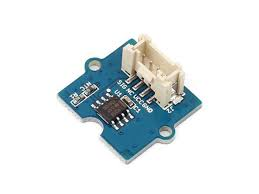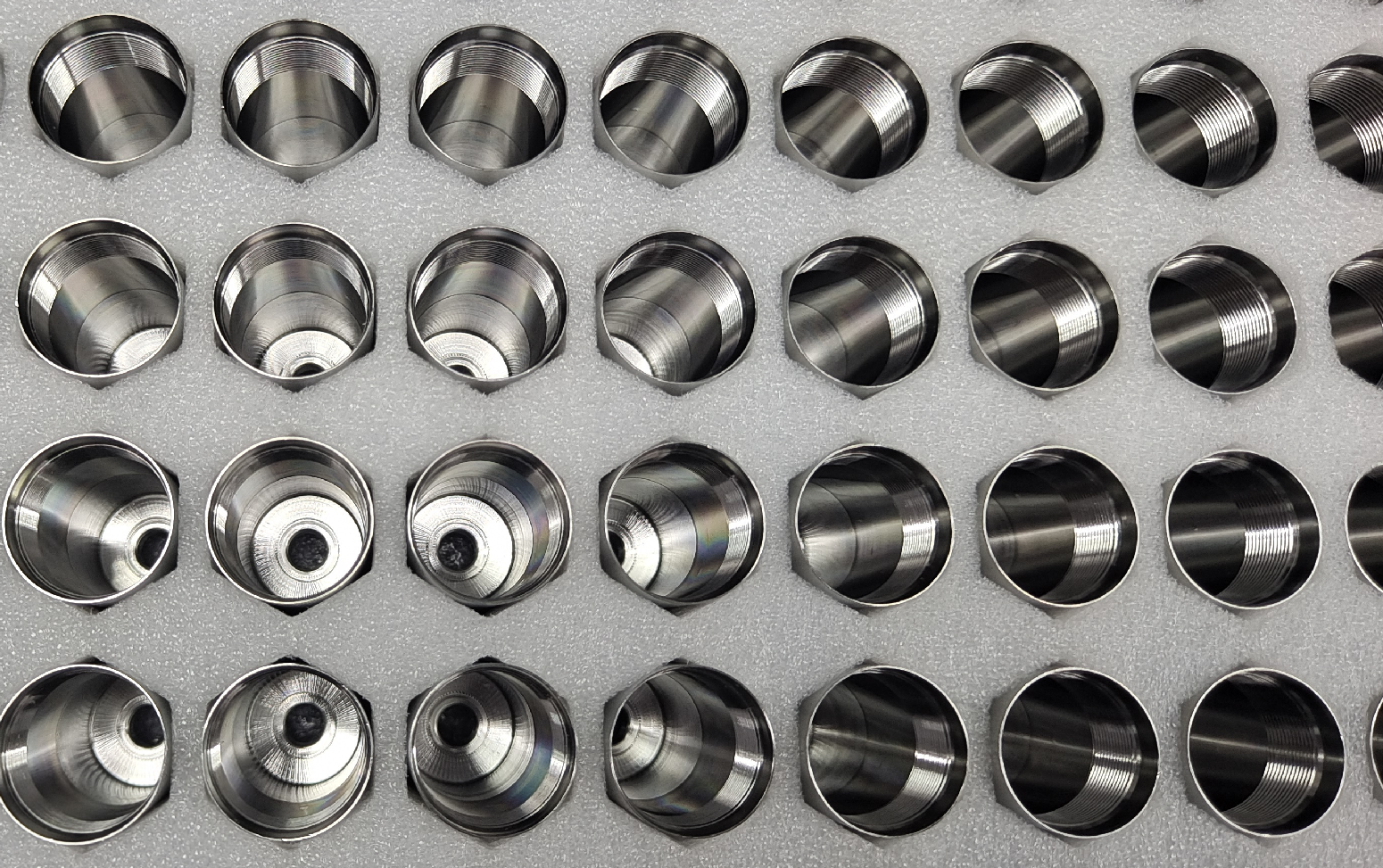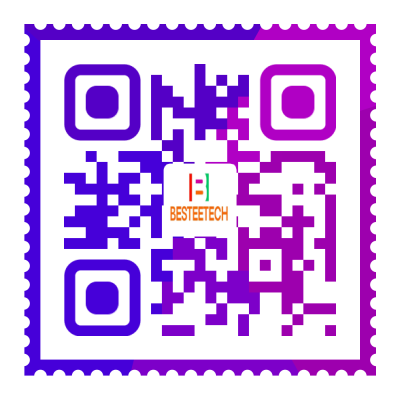Solutions-Flow Transmitter
How Does Temperature Sensors Collect Data?
In today's intelligent era, temperature sensors play a crucial role in the field of the Internet of Things (IoT) and industrial automation as core components. They can monitor environmental changes in real-time, convert temperature information into electrical signals or other recognizable forms, and provide valuable data support for system control, data analysis, and prediction. This article will delve into the process of collecting temperature sensor data, including sensor selection, data acquisition methods, data transmission and storage, as well as considerations in practical applications.

I. Selection of Temperature Sensors
Temperature sensors come in a variety of types, classified according to their measurement principles into resistance temperature detectors (RTDs), thermocouples (TCs), semiconductor temperature sensors (such as thermistors and analog/digital output temperature sensors), etc. The following factors should be considered when selecting an appropriate sensor:
Measurement Range:
Ensure that the sensor's measurement range covers the intended temperature interval.
Accuracy and Stability:
Choose sensors with high accuracy and long-term stability based on application requirements.
Response Time:
Sensors with fast response times are suitable for situations requiring immediate temperature feedback.
Environmental Adaptability:
Consider the sensor's moisture resistance, corrosion resistance, etc., to adapt to different working environments.
Cost and Maintainability:
Consider cost-effectiveness and ease of maintenance in the later stages while meeting performance requirements.
II. Data Acquisition Methods
Analog Signal Acquisition:
RTDs and thermocouples typically generate analog voltage or current signals, which need to be converted into digital signals through analog input modules (such as ADCs, analog-to-digital converters) for computer processing.
During acquisition, attention should be paid to signal amplification, filtering, and linearization to reduce noise interference and improve data accuracy.
Digital Signal Acquisition:
Many modern temperature sensors, such as DS18B20 and LM75, directly output digital signals and can communicate with microcontrollers (MCUs) or computers through communication protocols like I²C and SPI.
Digital signal acquisition simplifies circuit design and improves data transmission efficiency and accuracy.
III. Data Transmission and Storage
Wired Transmission:
Use wired communication protocols such as RS-485, CAN bus, and Ethernet to transmit sensor data to a central processor or data server.
Wired transmission is stable and reliable but has higher wiring costs and limited flexibility.
Wireless Transmission:
Adopt wireless communication technologies such as Wi-Fi, Bluetooth, LoRa, and Zigbee to achieve remote transmission of sensor data.
Wireless transmission reduces wiring complexity and is suitable for distributed monitoring systems and mobile devices.
Data Storage:
Data can be stored on local SD cards, USB storage devices, or cloud servers.
The application of cloud computing and big data technologies makes it possible to store, analyze, and mine massive temperature data.
IV. Considerations in Practical Applications
Calibration and Verification: Regularly calibrate temperature sensors to ensure data accuracy.
Environmental Interference: Avoid factors such as electromagnetic interference and temperature gradients affecting sensor readings.
Energy Consumption Management: In wireless sensor networks, rationally design data acquisition frequency and transmission strategies to reduce energy consumption and extend device lifespan.
Data Security: Strengthen encryption protection during data transmission to prevent data leakage or tampering.
System Integration: Integrate temperature sensors into existing automation control systems or data analysis platforms to enable data sharing and collaborative operations.

V. Conclusion
Collecting temperature sensor data is a complex process involving multidisciplinary knowledge, including sensor technology, signal processing technology, communication technology, and data processing and analysis technology. With the continuous advancement of IoT, big data, and artificial intelligence technologies, the accuracy, efficiency, and intelligence level of temperature sensor data acquisition will be significantly improved, providing more precise and efficient temperature information support for fields such as intelligent manufacturing, smart cities, and environmental monitoring. In the future, the development of temperature sensors and their data acquisition technologies will further promote sustainable social and economic development, creating a safer, more comfortable, and efficient living environment for humanity.
RELATED NEWS
- Technical Introduction of Reverse Flushing Flow Meter 2025-06-12
- Liquid Level Switch, Level Meter And Liquid Level Transmitter 2025-05-22
- Troubleshooting Methods for Electromagnetic Flowmeters 2025-04-28
- Understanding the Basics of Groundwater Quality Monitoring Data 2025-04-15
- Capacitive Level Gauges vs. Self-Powered Level Gauges 2025-03-19
CATEGORIES
LATEST NEWS
CONTACT US
Contact:Roxy Deng
Phone:+8617794001501
Tel:+8617794001501
Email:527924493@qq.com
Add:Weibin District, Baoji, Shaanxi Province, China
 Roxy Deng
Roxy Deng Roxy Deng
Roxy Deng